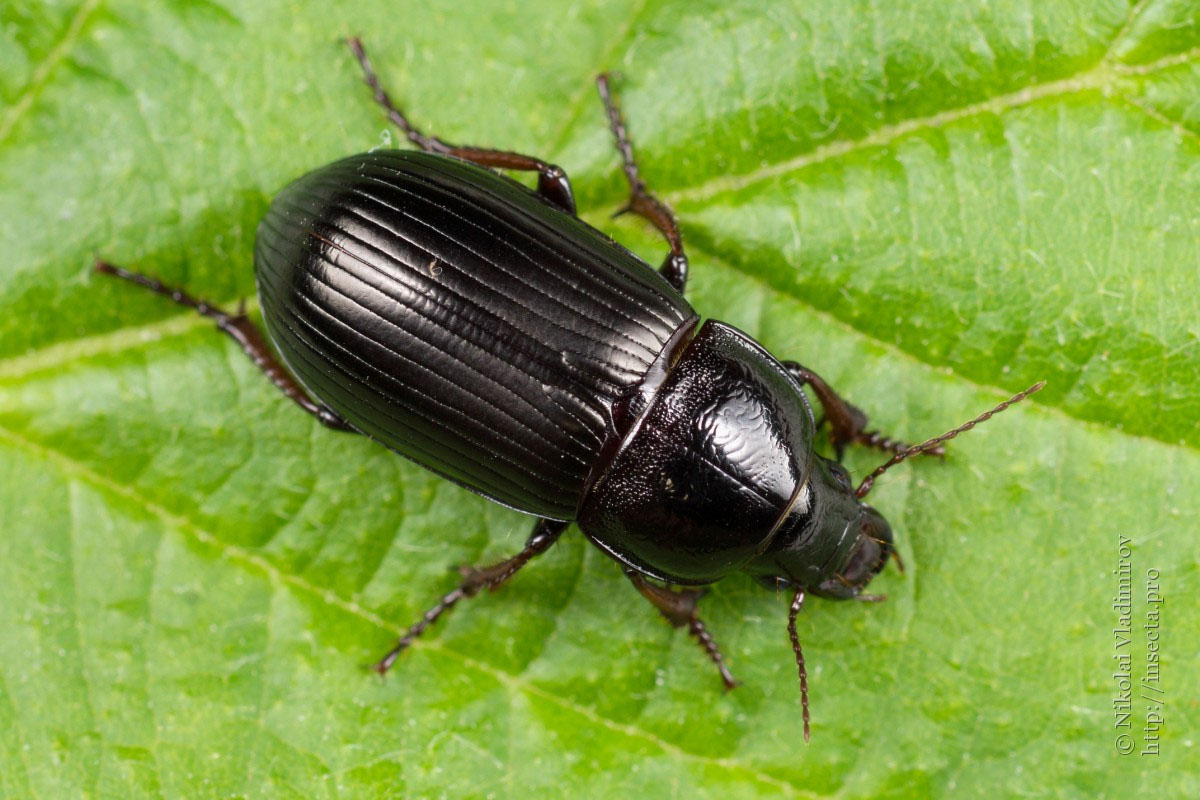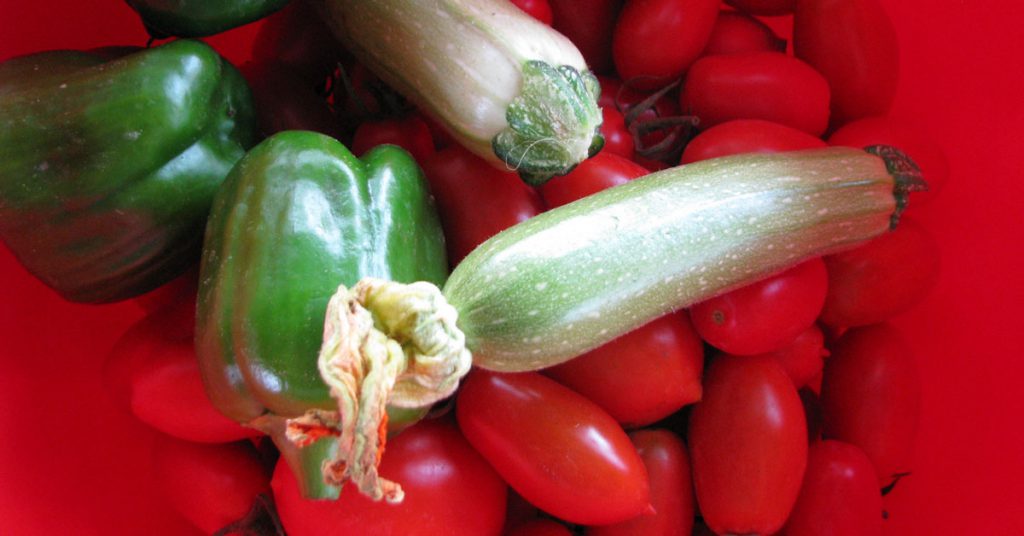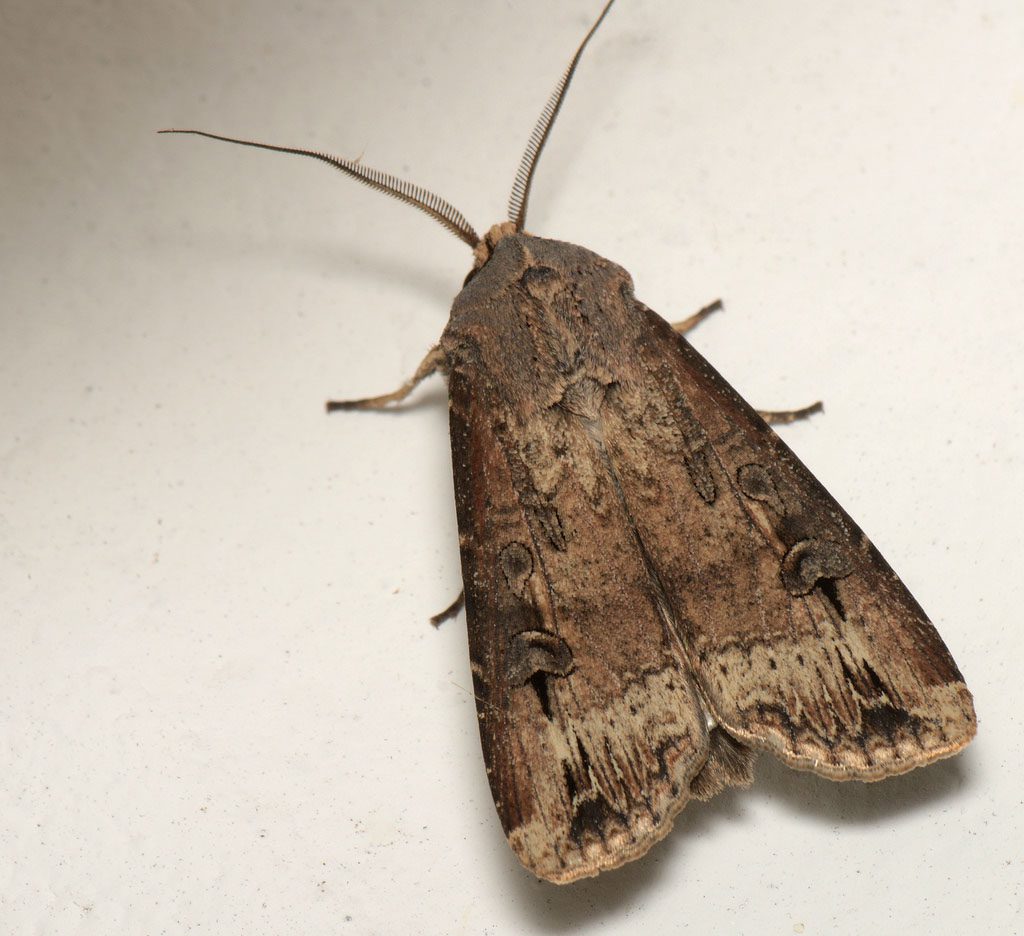Zambrus mainly attacks potatoes, but also other plants of the Solanaceae family (e.g. tomatoes). It also attacks wheat and rye, but is also found on other cereals and other grasses.
Scientific name: Zabrus tenebrioides
Greek name: Ζάμπρος
Damage
The insects, especially the larvae eat the leaves of cereals.
Later, the adults (beetles) feed on the spikes from the still milky grains (the “milk” stage).
Enemy
Zambrus larvae are up to 30 mm long and yellowish in color. The head is black with dark brown chitinous plates on the back.
The adults (beetles) are 12-16 mm long, body color black with brown legs and antennae. The elytra are strongly curved.
Notes
Zambrus insect is found mainly in heavy soils. Its appearance is favored by warm, dry weather. It is mainly active at night, while during the day it remains hidden in holes up to 30 cm deep, close to the plants it attacks.
The adults and larvae feed on leaves. In severe infestation the leaf disappears and only the nerves and stems remain on the plant. The insect is characterized by its orange-colored eggs, which it lays in groups of 10-30 on the lower surface of the leaf.
Source
www.bayercropscience.gr
Zabrus
Zabrus tenebrioides
Zabrus tenebrioides (Goeze, 1777)
Tags: PLANTS ENEMY • POTATO • POTATOES • TOMATO • TOMATOES



